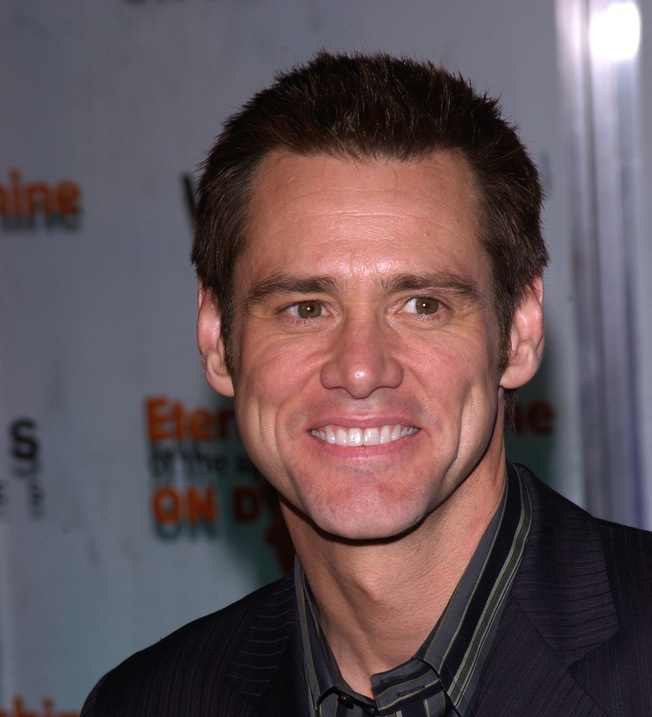Spotless Mind? Erasing Memories Not Just Science Fiction

BROOKLYN, N.Y. — Whether it's messy breakup or a traumatic car crash, there are some memories many of us would rather erase from our minds. Although the idea was explored in the 2004 film "Eternal Sunshine of the Spotless Mind," the total erasure of conscious memories is no longer completely science fiction, says a neuroscientist who has been experimenting with such possibilities in rats.
New York University neuroscientist Joseph LeDoux's preliminary studies suggest the idea of erasing memories like a painful romantic breakup (as was the case in "Eternal Sunshine") is possible in humans.
"What [the film characters] were doing, obviously, is impossible," LeDoux told an audience at a showing of the film here at the Brooklyn Academy of Music, as part of a program called Science on Screen. But "it's not so far-fetched as you might think," LeDoux said. [5 Things You Must Never Forget]
In "Eternal Sunshine," the characters Joel (Jim Carrey) and Clementine (Kate Winslet) are a couple who have broken up, and Clementine decides to undergo a medical procedure to have her memories of Joel erased. When Joel finds out, he decides to undergo the same procedure, but it doesn't completely work, and he finds himself running around in his mind, trying to safeguard his memories of Clementine.
The memories depicted in the film — such as Joel's memory of meeting Clementine on Montauk beach on Long Island, N.Y. — are a form of conscious memory. A brain region called the hippocampus, tucked away in the temporal lobe, consolidates short-term memories to long-term conscious memories.
In contrast, LeDoux's work seeks to erase unconscious forms of memory. The amygdala, another brain region deep in the temporal lobe, processes memory to create responses to a particular stimulus, such as learning to fear a threat.
In order to tinker with memory, you first have to understand that memories aren't absolute records you can just look up, LeDoux said. Each time you recall something, you reconstruct it, so your memory of an event is only as good as your last recollection of it. When memories are reconstructed, nerve cells in the brain produce proteins, which maintain the connection between the cells.
Get the world’s most fascinating discoveries delivered straight to your inbox.
In 2000, LeDoux's post-doctoral scholar Karim Nader did an experiment in which he took a rat with a memory of a fearful experience and injected the animal with a drug that blocks protein synthesis. Afterward, the rat's unconscious fearful memory was erased. The rat might still have had the conscious memory of the fearful experience, but it no longer had an emotional reaction to it.
In a sense, what "Eternal Sunshine" showed was the opposite. The characters lost their conscious memories of each other, but retained an emotional connection. Of course, the filmmakers took some artistic license, depicting Joel as a little homunculus inside his own head that was separate from the rest of his mind.
The day when scientists can erase these kinds of conscious memories may be a long way off. But besides LeDoux, other researchers have already experimented with implanting memories in mice, or creating memory prosthesis.
Above all, the film illustrates just how important memory is to human identity. As LeDoux put it, "We are our memories, basically."
Follow Tanya Lewis on Twitter and Google+. Follow us @livescience, Facebook & Google+. Original article on Live Science.



